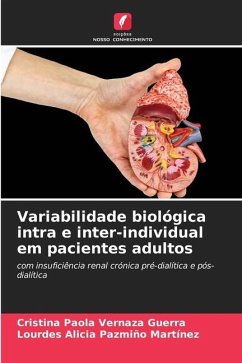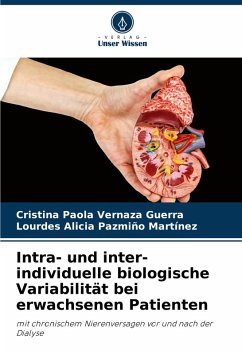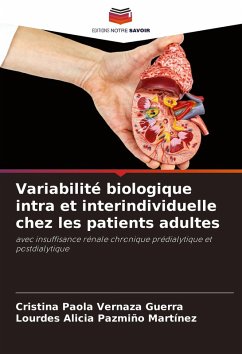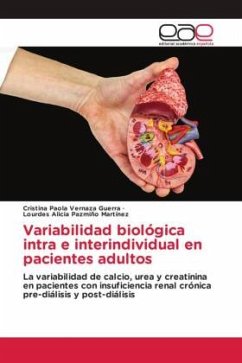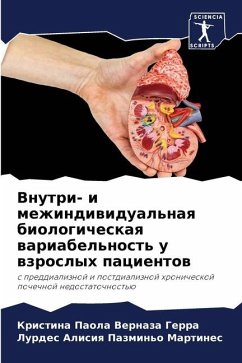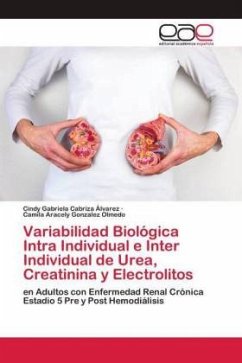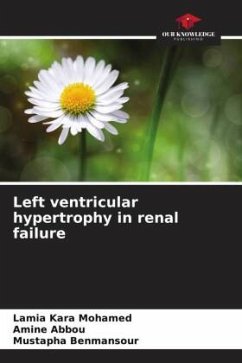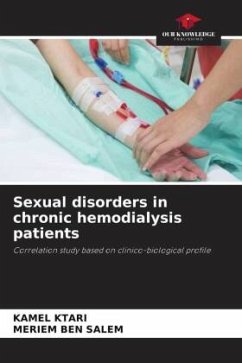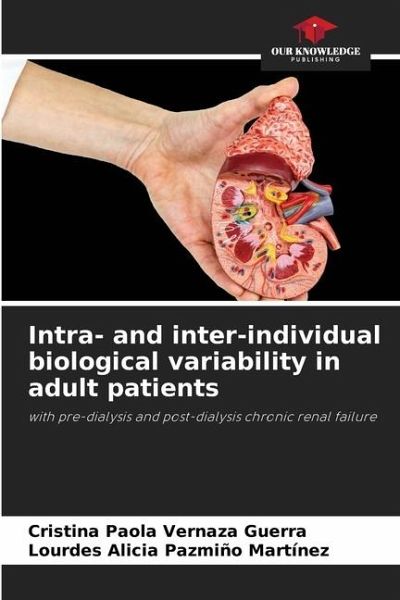
Intra- and inter-individual biological variability in adult patients
with pre-dialysis and post-dialysis chronic renal failure
Versandkostenfrei!
Versandfertig in 6-10 Tagen
29,99 €
inkl. MwSt.

PAYBACK Punkte
15 °P sammeln!
The variability of calcium, urea and creatinine in hemodialysis patients depends on the nutritional status and the clearance produced by the treatment. The aim of the present study was to determine the variability in a 10-month observation period in a group of hemodialyzed patients in an adult population with stage 5 chronic renal disease. The individual biological variation (IVC), the inter-individual biological variation (IVC), the reference value of change and the coefficient of relative variation (CVR) were calculated. A total of 165 cases, aged 60.5 ± 15.2 years, were analyzed. The pre-d...
The variability of calcium, urea and creatinine in hemodialysis patients depends on the nutritional status and the clearance produced by the treatment. The aim of the present study was to determine the variability in a 10-month observation period in a group of hemodialyzed patients in an adult population with stage 5 chronic renal disease. The individual biological variation (IVC), the inter-individual biological variation (IVC), the reference value of change and the coefficient of relative variation (CVR) were calculated. A total of 165 cases, aged 60.5 ± 15.2 years, were analyzed. The pre-dialysis urea CVI indicated a stable protein intake. Post-dialysis urea CVI was variable and related to differences in the prescription of extracorporeal flow treatment. The CVI of serum creatinine has implications with constant loss of muscle mass over the study time. Calcium CVG was associated with an increase in calcemia in the first 4 months and a steady fall after this period, probably associated with decreased intake of calcium products after the 4th month.





